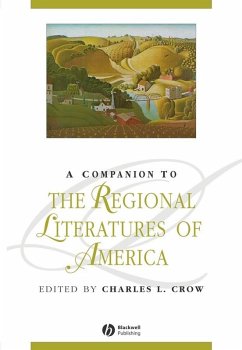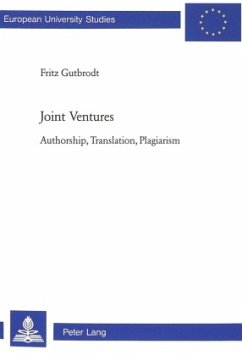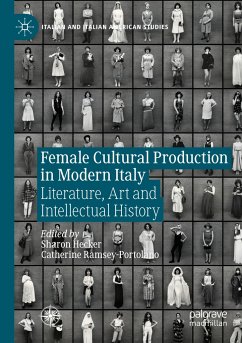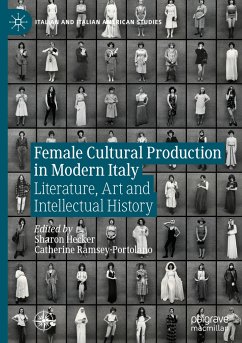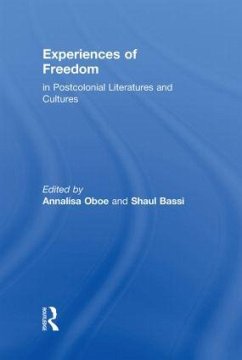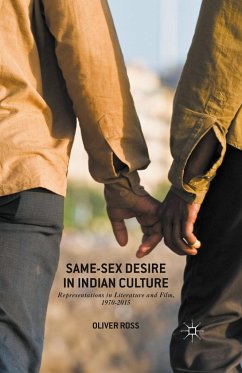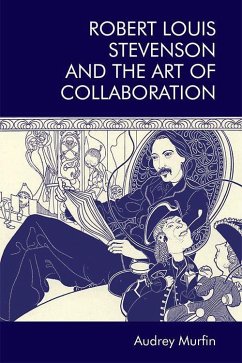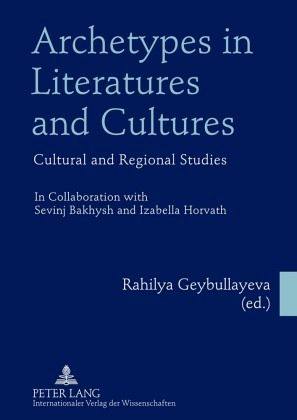
Archetypes in Literatures and Cultures
Cultural and Regional Studies- In Collaboration with Sevinj Bakhysh and Izabella Horvath
Herausgegeben: Geybullayeva, Rahilya
Versandkostenfrei!
Versandfertig in 6-10 Tagen
74,60 €
inkl. MwSt.

PAYBACK Punkte
0 °P sammeln!
The formation of new countries after the collapse of the Soviet Union and the Eastern European block necessarily brings about an increased awareness of national identity and has given rise to more urgent attempts to define national literary and cultural facts. Among the facts to be determined are the circulation of similar cultural motifs, situations, symbols, plots, genres, words, and rituals. Such a situation gives rise to questions concerning the relationship between things that were constructed over centuries and relatively new archetypal plots and situations created by different authors, ...
The formation of new countries after the collapse of the Soviet Union and the Eastern European block necessarily brings about an increased awareness of national identity and has given rise to more urgent attempts to define national literary and cultural facts. Among the facts to be determined are the circulation of similar cultural motifs, situations, symbols, plots, genres, words, and rituals. Such a situation gives rise to questions concerning the relationship between things that were constructed over centuries and relatively new archetypal plots and situations created by different authors, developed in different periods and in national literatures. For example, how does translation influence the migration of plots? Does the blurring of borders between sources and re-interpretations make it difficult to distinguish the original and the "kidnapped" texts? The forms of archetypes have changed and continue to change, creating a hyper-text. Taking these things into consideration, the question arises: "Where are the borders between an original text, influences, and plagiarism?"



